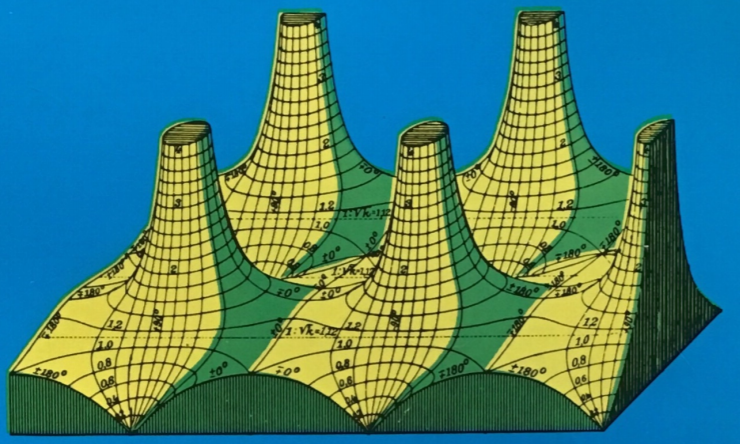Revealed preferences are the preferences we demonstrate by our actions. These may be different from our stated preferences. Even if we’re being candid, we may not be self-aware.
One of the secrets to the success of Google’s PageRank algorithm is that it ranks based on revealed preferences: If someone links to a site, they’re implicitly endorsing it.
I got to thinking about revealed preferences when it comes to reference books the other day when I used some packing tape to keep the cover of my copy of Abramowitz and Stegun from falling off [1].

Instead of asking “What are some of your favorite books,” it might be more informative to ask “Which of your books show the most wear?” [2] This confounds frequent use and poor binding, but that’s life: there are always confounding effects.
My most worn math books are A&S, Bak and Newman, and Dunford and Schwartz. Bak and Newman was my undergraduate complex analysis book; I think it may have had a poor binding. Dunford and Schwartz got a lot of wear in college when I was into functional analysis.
I used A&S a lot in when I was developing a numerical library for Bayesian statistics. I still open it up occasionally, though not as often as I used to.
My volumes of TAOCP are in good shape, but I think that’s because they are well bound. I’ve cracked open Volume 2 quite a bit, though I hardly ever look at the other volumes.
What are some of your most worn books?
Related posts
- Deserted island books
- Banned math book
- Books you’d like to have read
- Assignment complete, 20 years later
[1] Yes, I know it’s available online, but I prefer the dead tree edition. And yes, I know there are more extensive references, but in my experience anything I need that isn’t in A&S is unlikely to be in any other reference book.
[2] Benford’s law was discovered via revealed preferences. Simon Newcomb noticed that the early pages of a book of logarithms were much dirtier than the later pages. (Yes, Newcomb discovered Benford’s law, consistent with Stigler’s law of eponymy.)

My copy of Boas – Mathematical Methods in the Physical Sciences is clearly worn by an order of magnitude more than any other book on my shelf
Gerald & Wheatley – Applied Numerical Analysis,
Hart et. al – Computer Approximations,
CRC Standard Mathematical Tables, and of course
A&S
The worn-books test is much more meaningful than the I-linked-to-that test. The latter may as well express disendorsement as endorsement. Many (? ~~half) of the links I find in blog posts are accompanied by text to the effect of: look what a monstrosity this is! (Will Google say that they parse for that?)
But the worn-books test is also skewed by the uneven and unpredictable corner-cutting of publishers and printers. Quite generally, standards of quality in bookbinding have collapsed over the past half century, but the effects are very inconsistent. I am starting, very much against the grain, to make the transition to an e-reader, which, when it wears out, will not need duct tape, but recycling.
In other words, everyone is still fighting the last war.
Since I work as a translator, my Mongolian-English dictionary, by far. (And the marginalia are pretty rife as well.)
Since I also work as an editor, my old APA style manual.
And dating back to grad school and postdoc research, some sections of Kenneth Stevens’ Acoustic Phonetics.
Outside of work, there’s some significant wear in a few parts of my collected poetry of W.H. Auden and Wallace Stevens.
Mike,
Please tell me that you do not translate Auden into Mongolian. A propos, a clerihew:
W. H. Auden
Was absolutely sauden;
He was even more drunk
Than anyone could have possibly thunk.
Frank, I believe you’re the first person to leave a clerihew in a comment here. Thanks for adding color to the blog. :)
Cramér, Mathematical Methods of Statistics, [1966 edition]
Kendall’s Advanced Theory of Statistics, Distribution Theory
Hirschfelder, Curtiss, Bird, Molecular Theory of Gases and Liquids
[ previous work in industry]
CRC Standard Mathematical Tables, multiple copies
[Holy Bible, KJV]
Based on the current price of the dead tree edition, a number of people like Morse and Feshbach 1953, Methods of Theoretical Physics –
https://www.amazon.com/Methods-Theoretical-Physics-Philip-Feshbach/dp/B000NPSX4W/
I agree with them.
Hypothesis: Theoretical Physics == Applied Math